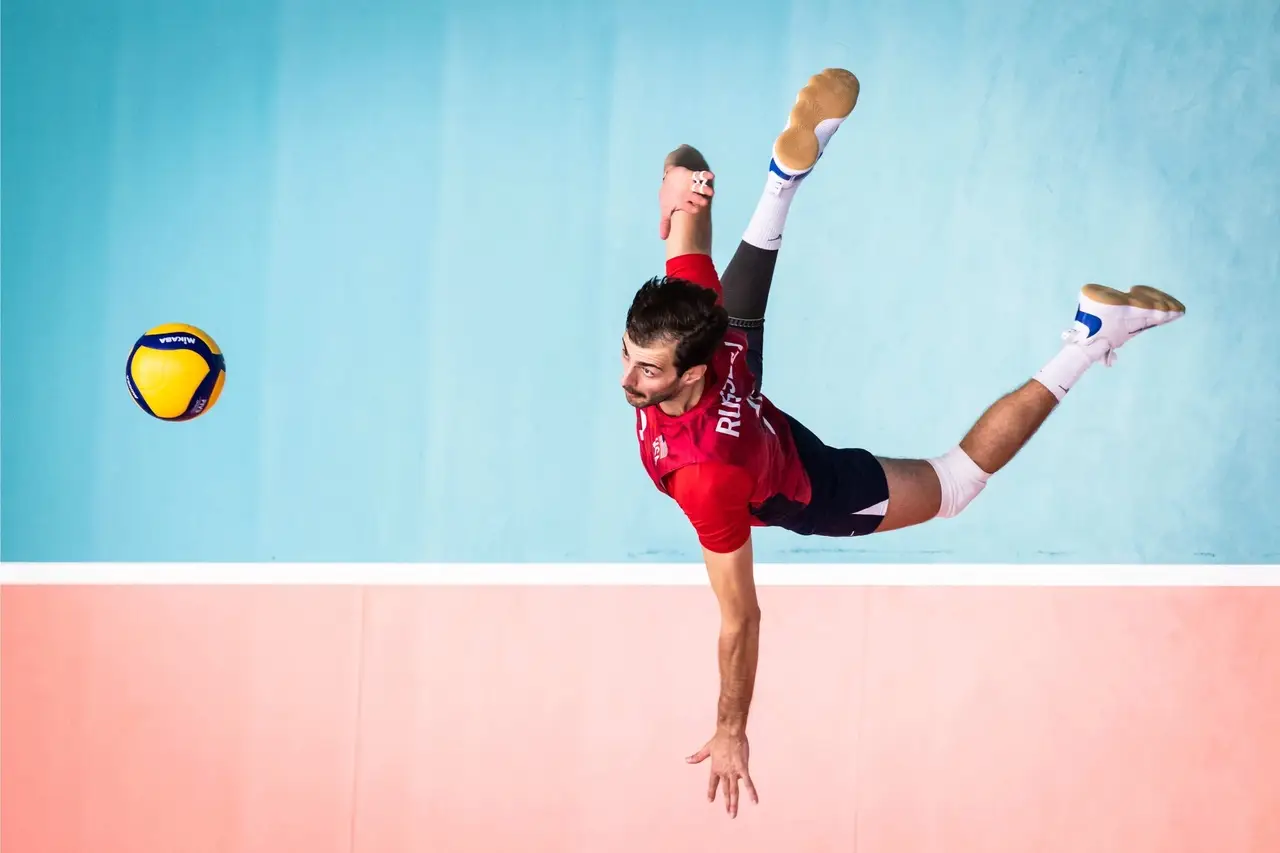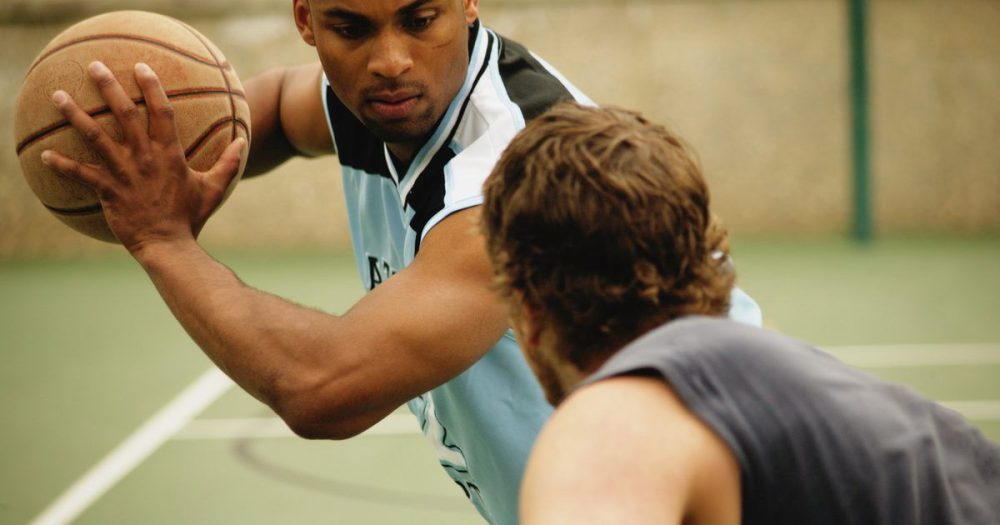The development of professional volleyball in South America was accompanied by bright personalities, but only a few managed to become symbols of an era. One such figure was William Arjona — a setter who played a key role in the golden generation of the Brazilian national team.
William Arjona’s biography is not just a sportsman’s journey, but a story of dedication, consistency, and tactical maturity. His career spanned decades — from club tournaments to Olympic heights, and he always remained a unifying figure for the team.

Childhood, Character, and First Steps in Professional Sports: William Arjona’s Biography
Born in Brazil, he showed an early interest in sports, specifically volleyball. In an environment where football dominated the culture, he chose a different path and did not err. Even in his youth, he was distinguished by analytical thinking and outstanding reflexes — qualities crucial for a setter.
His family supported his decision, allowing him to focus on developing in his chosen sport. Gradually, William Arjona’s biography began to take shape, defined by daily work and a pursuit of excellence.
Club Path and Evolution as a Setter
William Arjona’s club career in volleyball included performances in leading Brazilian teams. He demonstrated a high level of play in various national championships, helping clubs achieve success both nationally and internationally.
His partnership with powerful attackers was particularly memorable, where his sets elevated the team’s attack to a new level. His career progressed steadily — the player became a model of game discipline and strategic thinking on the court.
List of Club Achievements and Their Importance in William Arjona’s Career Biography
The volleyball player’s professional merits went beyond mere participation — he influenced match outcomes, shaped the team’s playing style, and remained a reliable decision-maker. Among his club achievements, the following stand out:
- victories in the Brazilian championship with different teams;
- consistent participation in the final stages of the South American club league;
- representing the country’s strongest clubs, including international tournaments;
- receiving MVP titles as a setter;
- being recognized as one of the best setters in Brazilian volleyball.
These successes formed the foundation on which William Arjona’s biography was built — a volleyball player with an impeccable reputation and high tactical acumen.
Career Peak: Olympic Gold and the Brazilian National Team
The pinnacle of the athlete’s life was the call-up to the national team. As a key player, he made a significant contribution to the team’s successes. The triumph at the Olympic Games in Rio de Janeiro in 2016 was particularly significant.
Olympic champion William Arjona became part of a team that overcame serious competition and secured gold on home soil. The tournament solidified his status as a leader, albeit not always in the media spotlight. From then on, William Arjona’s biography was associated with international fame and flawless play.
On-Court Role: Team Engine and Strategist
A setter is a key figure in any volleyball system. Arjona not only fulfilled technical functions but also built team cohesion. He analyzed opponents’ behavior, regulated the game’s rhythm, and adjusted strategy to the situation.
William Arjona’s biography is inseparable from the concept of “tactical intelligence” — it allowed him to compensate for age limitations or physical challenges. Even in matches against strong opponents, he kept a cool head and demonstrated stability.
International Experience and Recognition in South America
Performances beyond Brazil were also crucial milestones. William Arjona’s career included games against top national teams, participation in the Pan American Games, and World Cup appearances. He represented the national team for multiple seasons and remained a stalwart despite competition.
His experience proved particularly valuable in critical moments when the team needed stability and confidence. In the international press, William Arjona’s biography was recognized as an example of long-term effectiveness and team loyalty.
Achievements and Individual Titles of William Arjona
Attention to the player’s personality is largely due to his long-standing contribution to the development of volleyball in South America. He not only won trophies but also became a role model for the younger generation. His most notable achievements include:
- Olympic gold medal in 2016;
- silver in the World Championship;
- multiple victories in the Brazilian championship;
- awards for the best setter in national tournaments;
- participation in major international competitions — from the World Cup to the Pan American Games.
All these achievements are an integral part that shapes William Arjona’s biography as an outstanding athlete playing at the peak of his abilities.
Injuries, Breaks, and Comebacks
Sports life is not without its downturns. At various times, the player faced injuries that could have jeopardized his career continuation. However, discipline and preparedness allowed him to return to the court without losing form.
William Arjona’s biography includes stages of rehabilitation and comebacks that only strengthened his status as a fighter capable of overcoming barriers.
Personality Beyond the Court: Family, Values, Influence
Despite modesty in the public sphere, William Arjona’s personal life remains an important part of his biography. He consistently emphasized the value of family and stability. His respect for partners, coaches, and fans made him a respected individual both on and off the court.
He continues to be an example for young players, even after ending his active playing career.
Contribution to Volleyball Development and Influence on the Future
Transitioning to coaching was a logical continuation. The volleyball player shares his experience, works with juniors, and nurtures a new wave of talented setters.
William Arjona’s biography has received a new lease on life — now as a mentor capable of nurturing the next champion. His authority in South America remains high, and his opinion is considered in shaping the national strategy.

William Arjona’s Biography: Key Points
Summing up his journey, it can be affirmed: William Arjona’s biography is a model career where professionalism, endurance, and team dedication are united into a cohesive whole.
He has left a mark on Brazilian and global volleyball, becoming a symbol of stability and a model of sports leadership. His story confirms that success is built on daily work and commitment to the cause.
 en
en  de
de  ar
ar  es
es  hi
hi  fr
fr  nl
nl  it
it  pt
pt  el
el 










